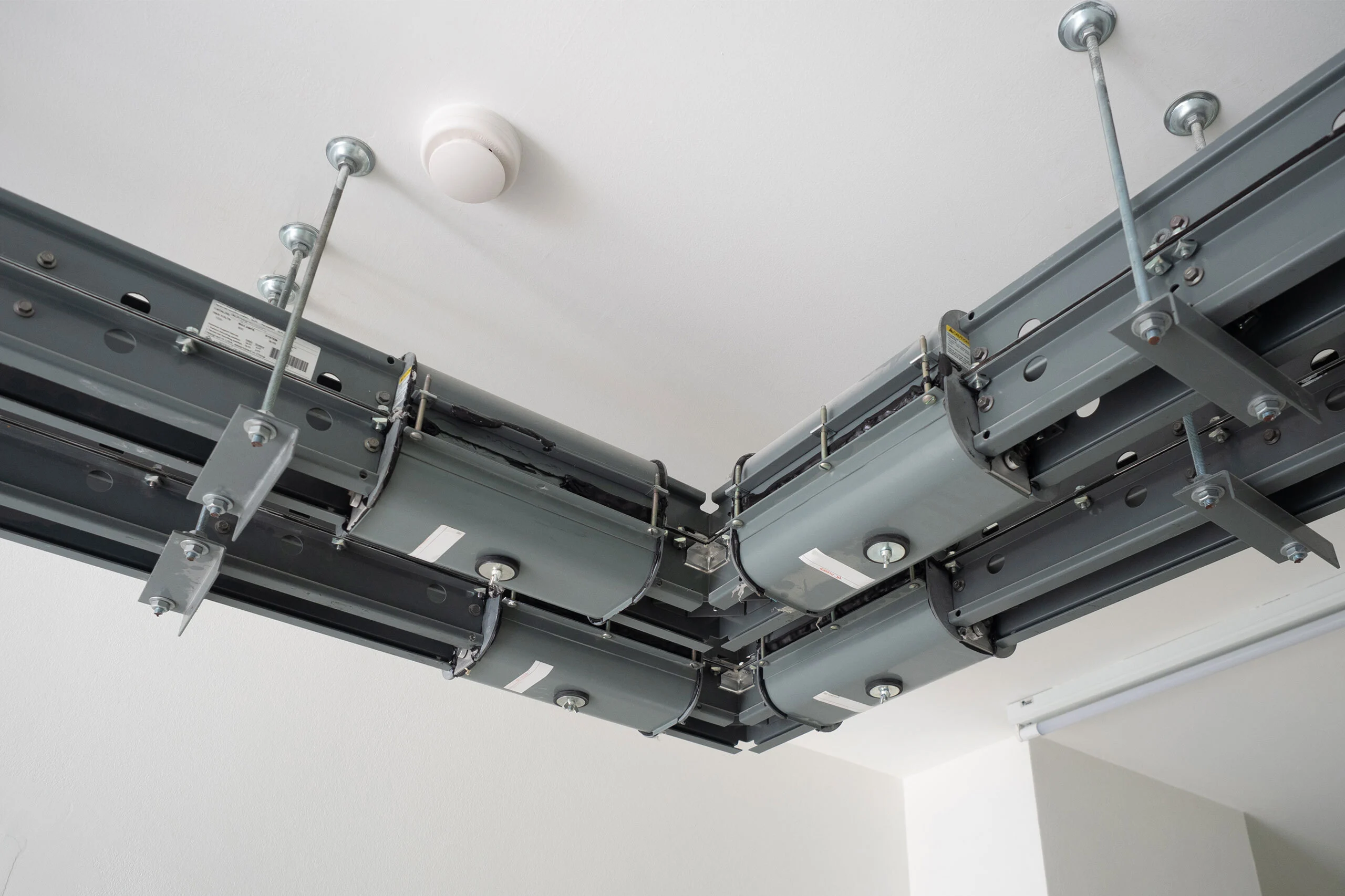Digitization is accelerating the requirement to connect critical equipment and machinery to the internet in order to remotely acquire condition data for subsequent analysis. This is a vital component of the concept referred to as the Industrial Internet of Things (IIoT).
Digitization is defined as the connection of electrical and mechanical infrastructure and machinery to the internet to facilitate the acquisition of condition data for subsequent analysis.
IIoT is not to be confused with the Internet of Things, or IoT, which refers to the billions of devices that are connected to the internet, each performing the task of gathering and sharing data. Whilst similar principles are applicable to both IoT and IIoT as each utilizes the function of digital connectivity and the cloud to share data, the IoT is largely focused on general, or even home use. The IIoT is more focused on connecting and digitizing industrial infrastructure and systems to create the data to boost productivity and deliver more efficient practices.
Connection to the IIoT provides significant commercial benefits. It can grant users a competitive edge in areas such as cost reduction, increased productivity, and standardization of best-performing equipment, as well as a host of other advantages.
Why are bus duct joints considered the weak points?
Bus duct is manufactured in short lengths (usually no more than 3m each) and connected on-site using bus duct joints.
Electrical connections: The joints between the individual bus sections are where the electrical connections are made, and these connections are subject to wear and tear over time. This can cause resistance and arcing, which can lead to equipment failure and power outages.
Environmental factors: The joints are vulnerable to environmental factors such as moisture, dust, and temperature changes, which can cause corrosion and damage to the electrical connections. They are also heavy and over time, the effects of gravity put stress on the joints.
Mechanical stress: The joints are subjected to mechanical stress from the movement and vibration of the buses, which can cause wear and tear on the connections and the surrounding materials.
Age: Over time, the joints can become loose and the connections can become corroded, leading to a reduction in conductivity and power transfer.
Installation: Poor installation of the bus duct can lead to weak joints, which can cause problems in the future.
Regular inspection and maintenance of the bus duct joints can help to minimize these risks and ensure a reliable source of power. It's also important to use high-quality materials and proper installation techniques to reduce the likelihood of weak joints.
Prevent bus duct failures with thermal monitoring
Compromised joints will result in hotspots with the temperature rise in proportion to the severity of the fault. Thermal monitoring is therefore a useful tool for preventing bus duct failures by continuously monitoring the temperature of the bus duct, providing early warning of potential problems before they lead to failure.
Temperature monitoring: Thermal monitoring sensors installed directly onto bus duct will measure the temperature on the joints and indicate if there is a potential problem.
Temperature rise can be caused by a number of factors, such as a loose connection, a damaged bus, or an overloaded circuit.
Real-time monitoring: Thermal monitoring systems provide real-time data, which not only alerts operators to issues as they arise, but provides ‘big data’ for analysis by AI or Machine Learning, to inform a predictive maintenance model.
Remote monitoring: Thermal monitoring systems can be connected to a remote monitoring system (BMS / EPMS / SCADA), reducing the need for on-site maintenance staff.
Thermal monitoring is an important tool for preventing bus duct failures, by providing early warning signs of problems and allowing for prompt corrective action to be taken. It can minimize the risk of power interruption, equipment failure, and potentially hazardous hotspots.


.webp?width=2000&name=2024%20CTM%20Survey%20Results%20Website%20webp%20(1).webp)








